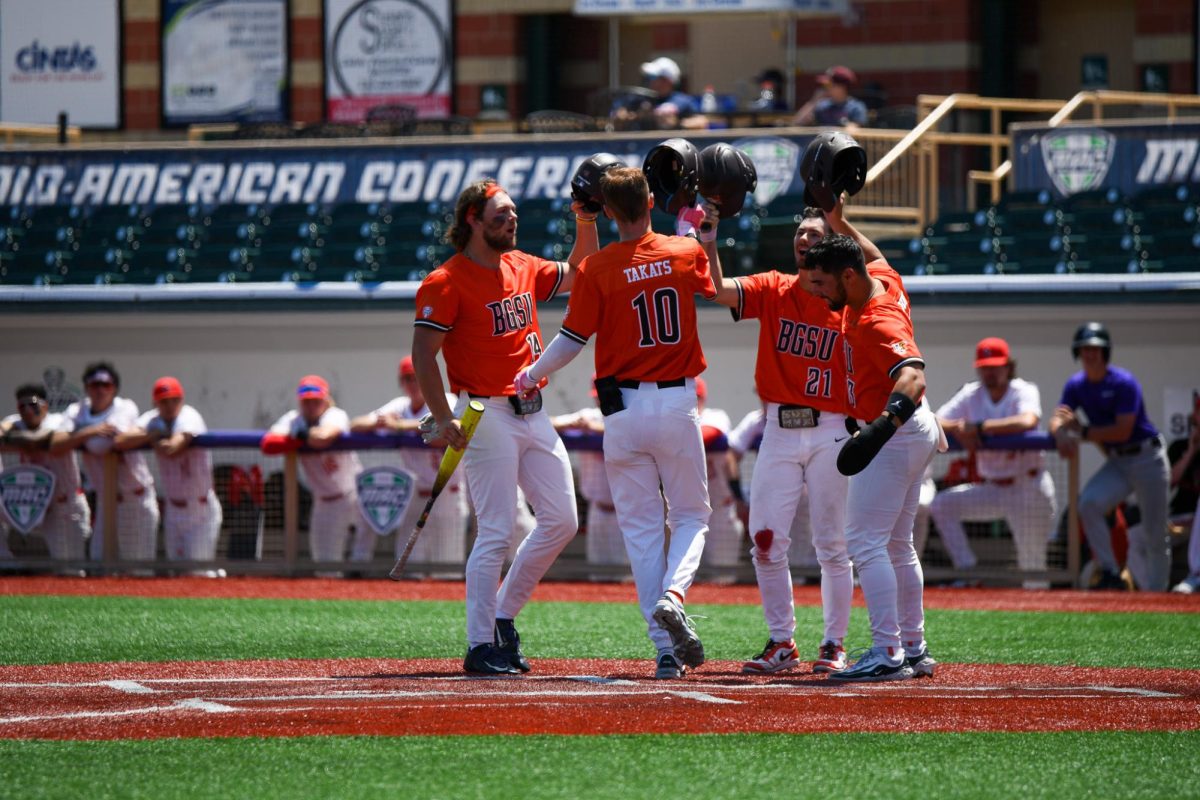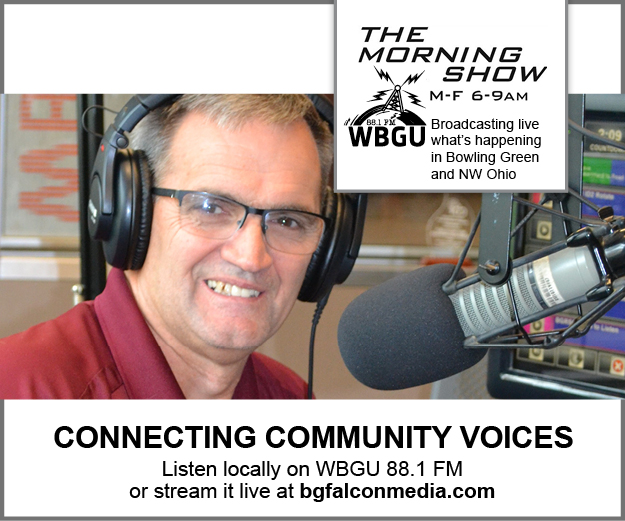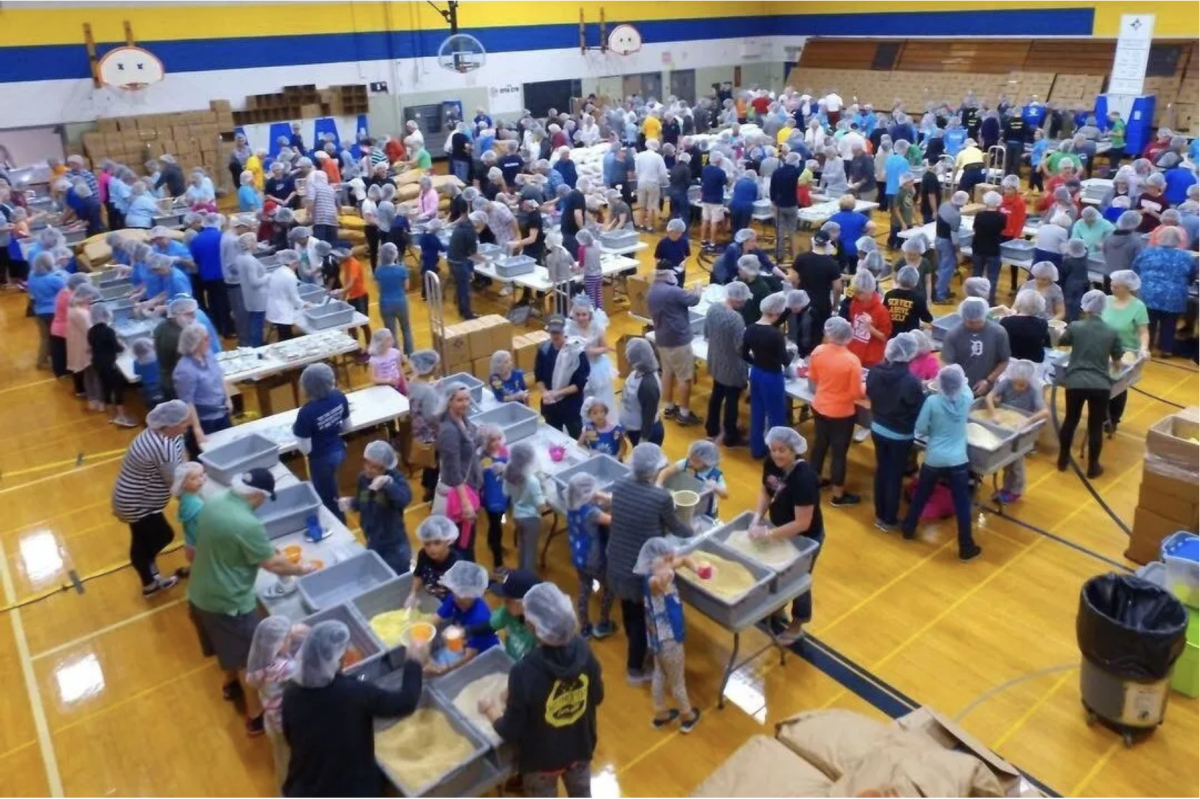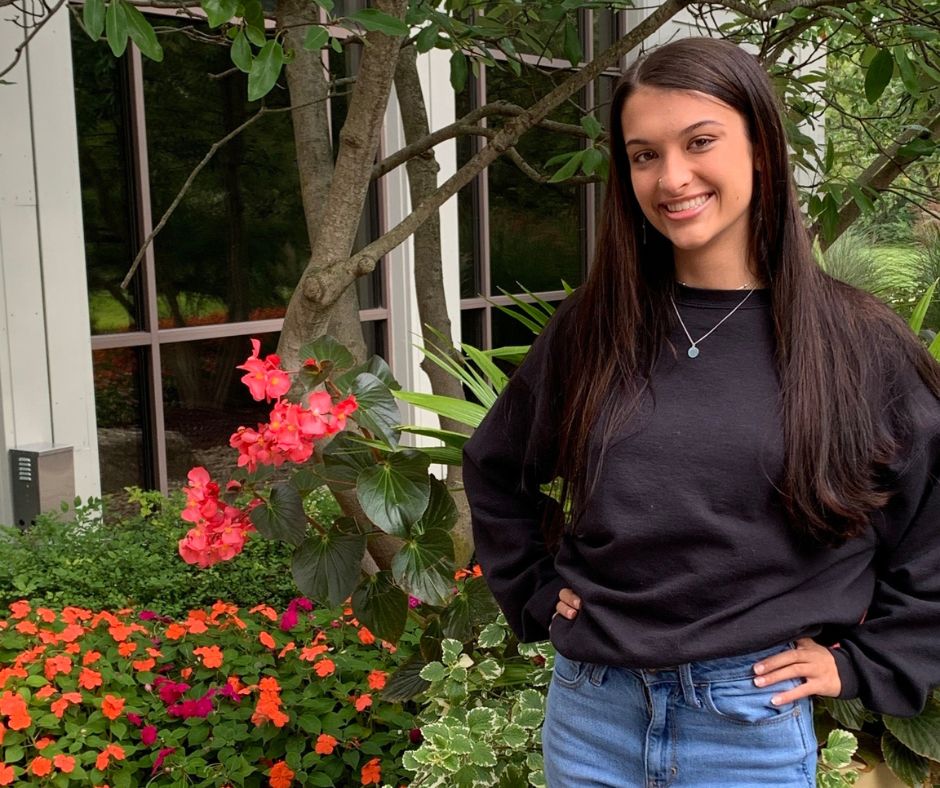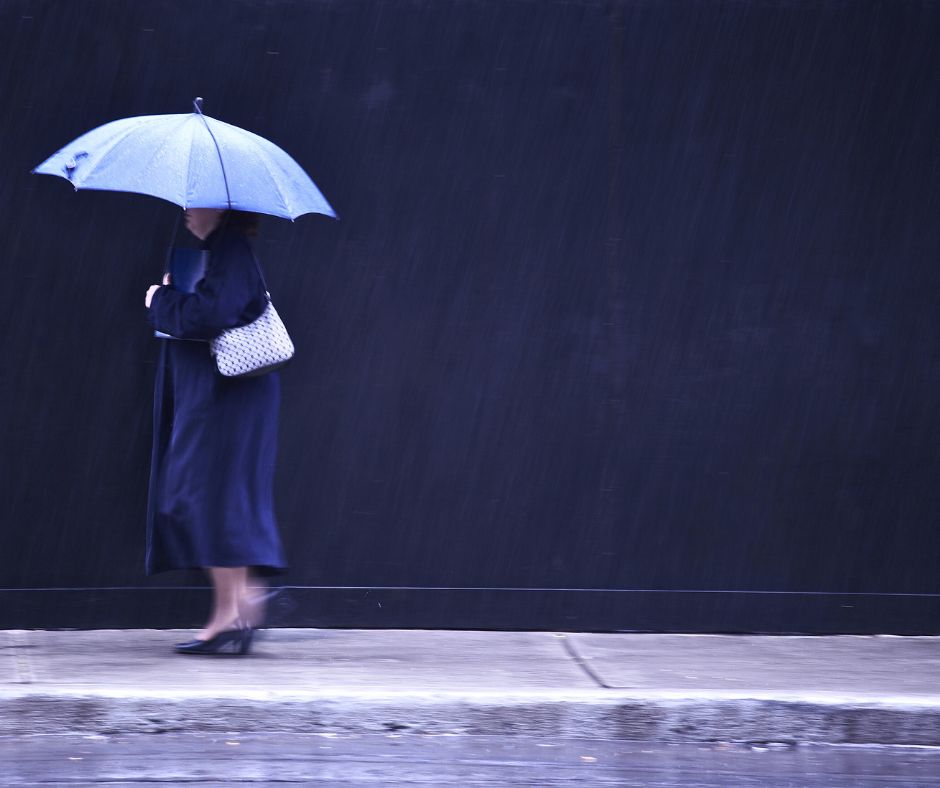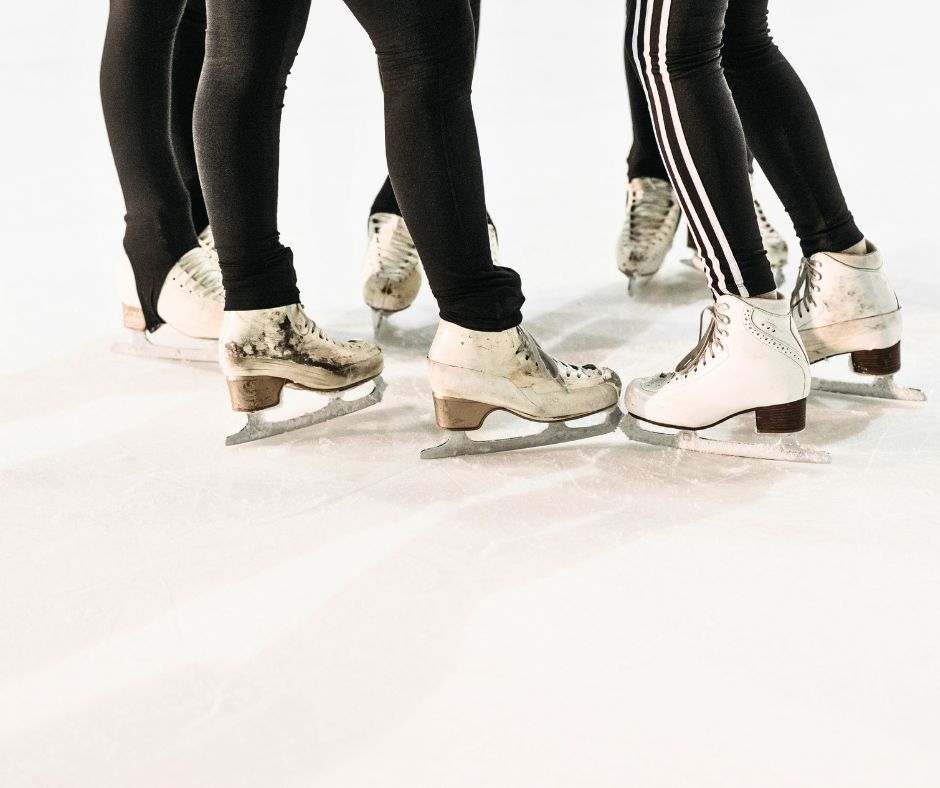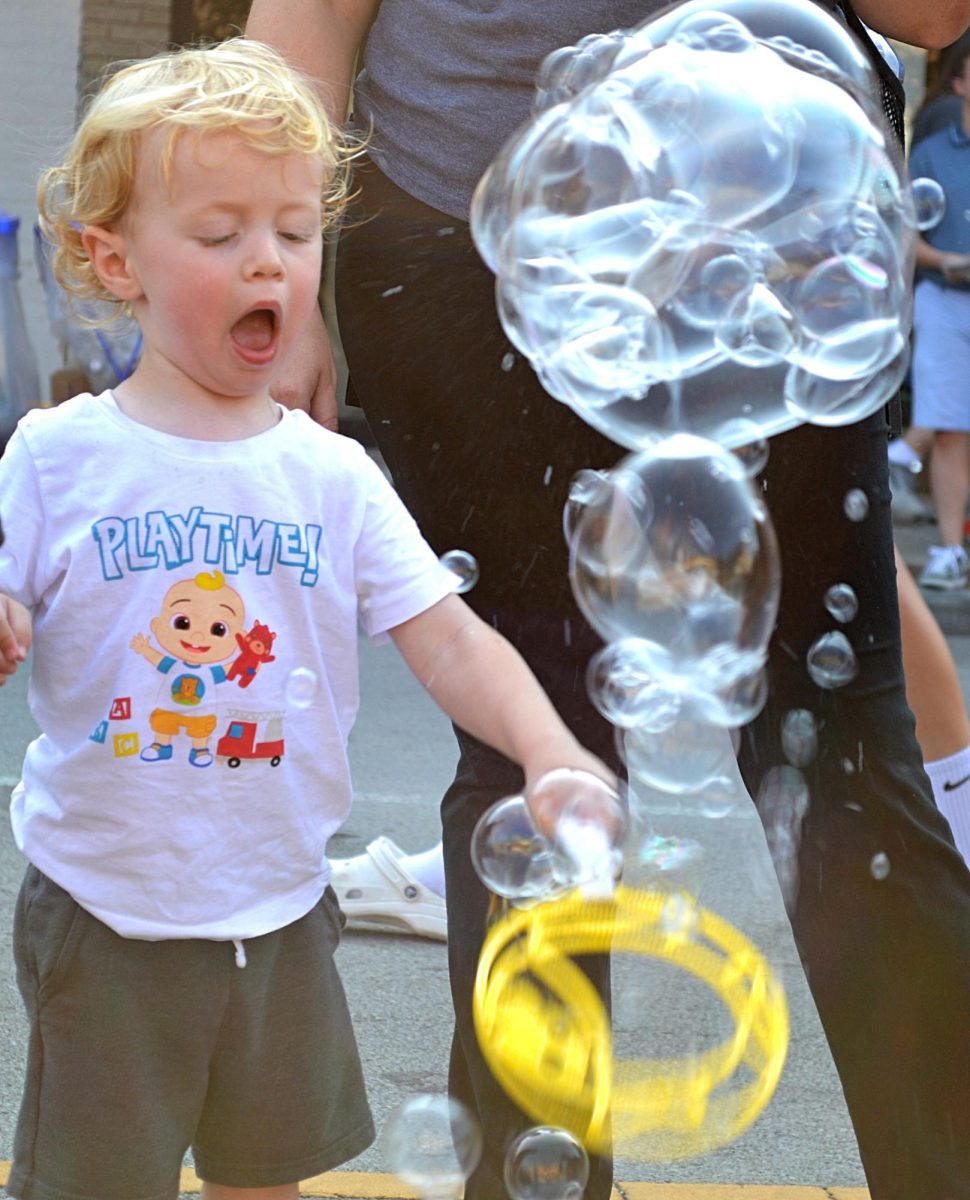The first Brown Bag Lunch of March was held at the Women’s Center yesterday to kick off Women’s Issues Month. Graduate Assistants Aisha McGriff and Heather Pristash led a discussion with guests about the history and importance of crafting in their presentation ‘Women Crafting Narratives of Self.’ Knitting, patchwork and needle point have traditionally been associated with women and femininity, but not until recently has the art of crafting gained attention as an important issue to the feminist movement, Pristash said. Prior to the 1850s crafting, specifically quilting and knitting has been used to reinforce the ‘cult of domesticity’ and to reinforce ideas of femininity, McGriff said. The study of quilting can be useful when trying to better understand women and women’s narratives in history, McGriff said.’ ‘ ‘Quilting was a craft controlled by women, in a time where men controlled virtually all other areas of art and society,’ McGriff said. ‘Because of this, it is important to analyze quilts as historic pieces of art.’ Quilting allowed women to form bonds with each other in ways that could not have been done previously, McGriff said. During the Civil War, crafting and quilting made a shift from domestic to political. Women sold quilts at Sanitation Fairs of the 1860s with political messages on them, promoting social movements, McGriff said. Because of the associations between crafting and domesticity, it has traditionally been rejected by feminist movements, Pristash said. ‘Feminists have tried to divorce themselves from craft in the past,’ Pristash said. ‘But in the third wave many have tried to rebuild craft and crafting.” Crafting can be useful to build social networks between women and also instill a sense of creatorship in the crafter and as a means to get away from mass produced culture, Pristash said. ‘The history of craft is also the history of femininity,’ Pristash said. ‘So it is important we pay attention to it.’ Mary Kruger, director of the Women’s Center, said she has always been interested in crafting because it seemed like a safe place for women. ‘I have always thought that crafting allowed time without men,’ Kruger said. ‘This is a place for women to bond and create a space for each other.’ Pristash pushed for more research and study of crafting within academic circles. ‘Craft allows us to examine gender, sex, labor and other vital areas of concern,’ Pristash said. ‘It is vital we have more scholars in this area.’


Follow us on social
- Children of Eden written by Joey GraceffaBy: Destiny Breniser This book was published in 2016 with its genre being Young Adult, Dystopian, and Apocalyptic. This story is about Rowan, who is a second-born child living in a city where her entire existence is illegal. She longs for the day when she can leave her family’s house and live without fear. She […]
- An Unwanted Guest written by Shari LapenaBy: Destiny Breniser A classic whodunnit that keeps you guessing till the very end. With twelve characters to read varying points of view from, there is always something happening to leave you wondering what is going on. This book was published in 2018 with its genre being a mystery thriller. The story starts with Reily […]

July 25, 2024
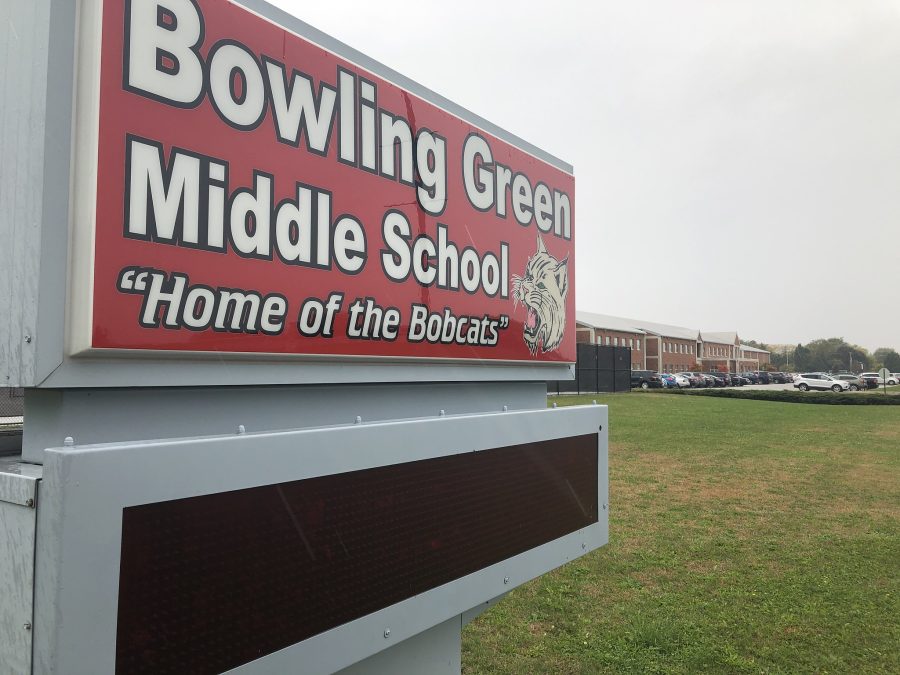
July 24, 2024

July 23, 2024
Brown Bag Lunch relates crafting evolution to feminism
March 5, 2009
Leave a Comment
Donate to BG Falcon Media
$1410
$1500
Contributed
Our Goal
Your donation will support the student journalists of Bowling Green State University. Your contribution will allow us to purchase equipment and cover our annual website hosting costs.
More to Discover





